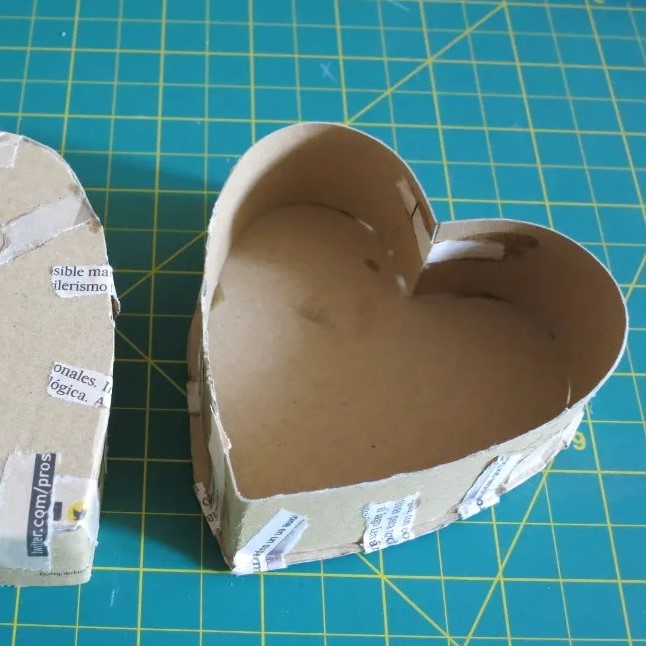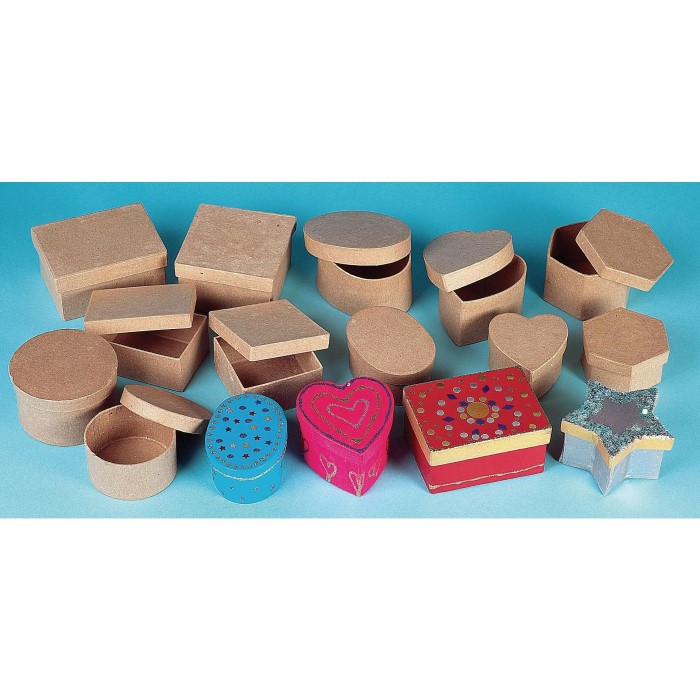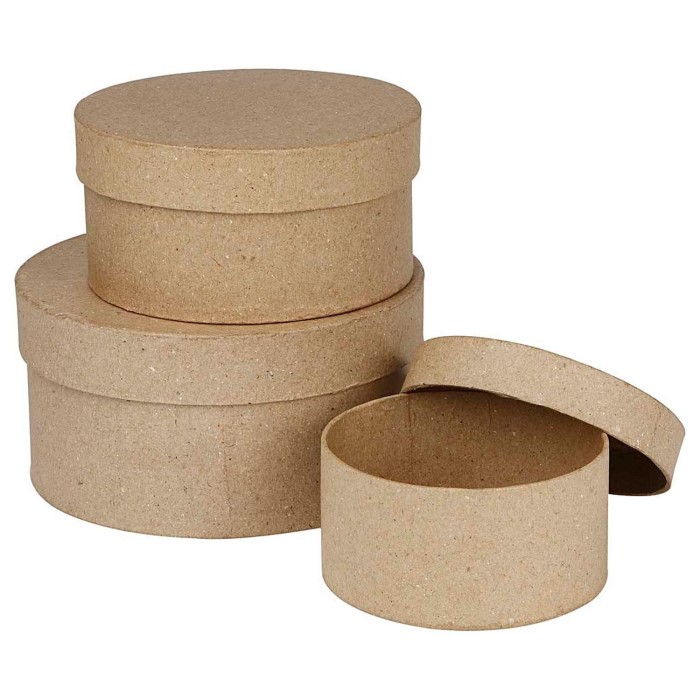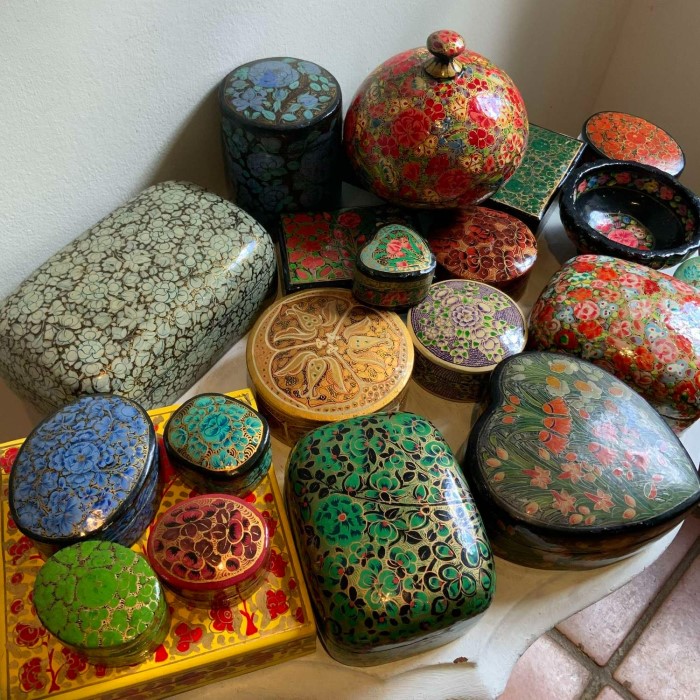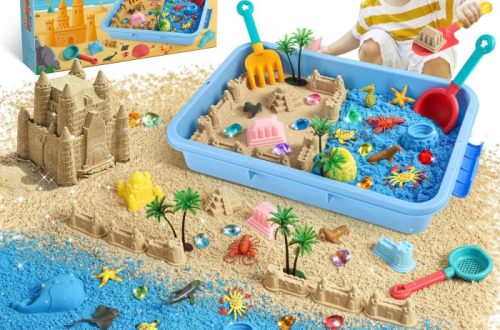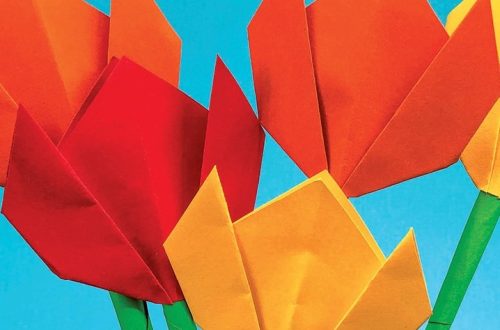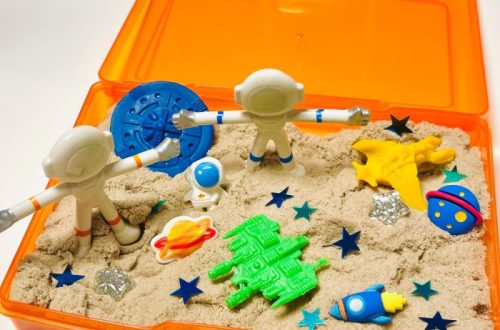Introduction
In modern times, craft enthusiasts are increasingly drawn to eco-friendly projects that not only provide aesthetic value but also promote sustainability. Among these projects, paper mache boxes stand out for their versatility and creativity. Made from recycled paper materials, these boxes can be transformed into stunning art pieces or practical storage solutions. This article delves into the fascinating world of paper mache boxes, discussing their benefits, various DIY projects you can embark upon, and how they support sustainable living. By understanding how to create and utilize paper mache boxes, you can contribute to reducing waste and supporting eco-friendly practices in your everyday life.
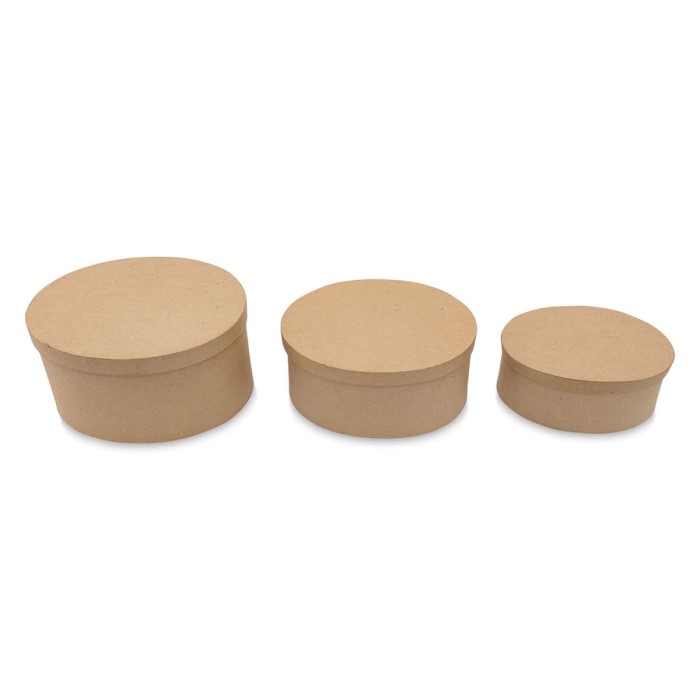
What Are Paper Mache Boxes?
At its core, paper mache is a French term that translates to “chewed paper.” The method involves using strips or pieces of paper that are soaked in adhesive or paste to create a malleable substance. When dry, this material hardens, providing a lightweight yet sturdy medium for various crafts. Paper mache boxes can take on numerous forms, from simple geometric shapes to intricate designs, making them an exciting medium for both novice and experienced crafters.
The charm of paper mache boxes lies in their simplicity and functionality. They can be painted, decorated, or even lined with fabric to suit individual preferences. This adaptability not only caters to personal aesthetics but also encourages recycling by utilizing materials that might otherwise be discarded.
The Benefits
Using paper mache boxes offers numerous benefits that make them appealing not only to craft enthusiasts but also to those looking to lead a more sustainable lifestyle. Here are some major advantages:
- Environmentally Friendly: By using recycled paper, you help reduce waste. The production of paper products often involves significant energy and resource consumption. By recycling, you contribute to lowering your carbon footprint.
- Customization: One of the most exciting aspects of creating paper mache boxes is the ability to customize them. Whether you want a specific color scheme, design, or size, the possibilities are virtually limitless. Decorate them with paints, decoupage, or even natural materials to enhance their beauty.
- Affordability: Crafting paper mache boxes is an inexpensive project. Most people already have the materials at home—old newspapers, cardboard, or paper bags. This ensures that you can create beautiful boxes without spending a lot of money.
- Educational: Making paper mache boxes is a fun way to teach children about recycling and the importance of sustainability. As they engage in crafting, they can learn the value of reusing materials and get hands-on experience with art.
- Artistic Outlet: Crafting allows for creative expression. Whether you make a beautiful storage box or a decorative item for your home, working with paper mache can be incredibly fulfilling.
Step-by-Step Guide to Creating Mache Boxes
Creating paper mache boxes is a straightforward process, perfect for crafters of any skill level. Here’s a simple step-by-step guide to get you started:
Materials Needed
- Old newspapers or recycled paper
- Flour and water (for adhesive) or craft glue
- A bowl for mixing
- A balloon or a cardboard structure (for the mold)
- Paints and brushes for decoration
- Sealer (optional)
- Scissors
- Plastic wrap (to protect the mold)
Instructions
- Prepare the Adhesive: To create the paper mache paste, mix one part flour with two parts water in a bowl. Stir well until smooth. You can use craft glue as a faster alternative if desired.
- Prepare the Mold: Choose a form for your paper mache box. A balloon can work well for a rounded box, while a cardboard box can serve as a great square or rectangular structure. For a balloon, inflate it to your desired size. If using a cardboard mold, you can find boxes of various sizes.
- Tear the Paper: Tear the paper into strips or pieces, approximately 1 inch wide.
- Start Applying: Dip each piece of paper into the adhesive, remove the excess, and apply it to the mold. Layer two to three layers of paper, ensuring they overlap for strength.
- Drying Time: Allow the paper mache box to dry completely, which may take 24 hours depending on the thickness and humidity.
- Remove the Mold: If you used a balloon, pop and remove it gently. For cardboard, carefully take your box out of the mold.
- Decorate: Now comes the fun part! Use paints, markers, or embellishments to decorate your paper mache box as you wish.
- Finish: If you desire a shiny finish, you can apply a clear sealant once the paint is dry.
Creative Uses
Once you’ve mastered the art of creating paper mache boxes, the possibilities for their use are endless. Here are some creative ideas to consider:
- Storage Solutions: Utilize paper mache boxes for organizing craft supplies, office materials, or children’s toys. They can be beautifully decorated to match your interior decor.
- Gift Boxes: With a bit of creativity, your paper mache boxes can stand in for traditional gift wrap. Personalize them for birthdays, holidays, or any celebration.
- Decoration: Create striking decorative pieces for your home. Paint the boxes in trendy colors or patterns and use them as centerpieces or shelf decorations.
- Planters: Convert your paper mache boxes into charming planters. Just be sure to line them with a plastic bag to prevent leaking.
- Event Supplies: For weddings or parties, use paper mache boxes to hold favors or guest notes.
Supporting Sustainable Living
Sustainable living is about making choices that minimize harm to the environment. Using paper mache boxes is just one step in the right direction. To enhance your sustainable craft practice, consider these tips:
Use Eco-Friendly Materials
- Consider Natural Adhesives: Instead of traditional white glue, opt for natural adhesives made from starch or plant-based sources. These options not only hold well but also break down more easily in the environment.
- Choose Non-Toxic Paints: Look for paints labeled as non-toxic or eco-friendly. Many brands now offer paints that are free from harmful solvents and heavy metals, ensuring that your crafting projects are safer for both you and the environment.
- Source Sustainable Papers: Beyond basic recycled paper, investigate papers made from alternative materials like bamboo, hemp, or cotton. These materials are often produced using less energy and water, making them a smart choice for eco-conscious crafters.
- Utilize Natural Finishes: When sealing or finishing your projects, consider using natural oils or waxes instead of synthetic sealants. Products like beeswax or linseed oil not only provide a protective finish but are also biodegradable.
- Support Eco-Friendly Brands: Research brands that prioritize sustainability in their production processes. By purchasing from these companies, you help promote environmentally responsible practices in the crafting industry.
Explore Zero-Waste Practices
- Join Local Zero-Waste Groups: Get involved with community groups or online forums that focus on zero-waste living. Sharing experiences and tips can provide valuable insights into minimizing waste.
- Understand Material Lifecycle: Educate yourself on the lifecycle of materials you use.
- Repurpose Scraps: Consider how you can use leftover materials from your projects. Small scraps can be transformed into embellishments, miniature crafts, or even used in collages, ensuring nothing goes to waste.
- Embrace Creative Upcycling: Challenge yourself to find new purposes for items that would typically be discarded. For instance, turning glass jars into storage containers or using old fabric as stuffing for projects can be a fun way to embrace a zero-waste mentality.
- Advocate for Mindful Consumption: Encourage others to buy only what they need. By being intentional with your materials and promoting the concept of mindful purchasing, you can help shift attitudes toward consumerism in your community.
Educate Others
- Host Craft Workshops: Organize local workshops focusing on eco-friendly crafts. Engaging in hands-on activities can deepen understanding and foster a sense of community among participants.
- Create Tutorials: Develop video tutorials or written guides that showcase how to create sustainable crafts. Sharing your process can make it easier for others to replicate your techniques at home.
- Utilize Social Media Platforms: Share your eco-friendly crafting projects on platforms like Instagram, Pinterest, or TikTok. Use engaging visuals and insightful captions to encourage others to try their hand at sustainable crafting.
- Start a Blog or Newsletter: Consider sharing your knowledge through blogging or newsletters. This allows you to reach a wider audience, providing valuable information on eco-friendly materials and crafting strategies.
- Encourage Dialogue on Sustainability: Foster conversations among friends and family about the importance of sustainable crafting. Share interesting facts or personal experiences that highlight the impact of these practices on the environment.
The Rising Trend of Eco-Friendly Crafts
As more people become aware of environmental issues, eco-friendly crafts are gaining popularity. The trend toward sustainable living is influencing craft communities worldwide. Artists and crafters are now focusing on projects that emphasize reusing and recycling materials.
Social media platforms have become educational hubs where you can find countless tutorials and ideas related to eco-friendly crafts. Creative influencers share their projects widely, providing endless inspiration. By participating in this movement, you contribute to the larger goal of protecting our planet, one craft at a time.
Conclusion
In conclusion, paper mache boxes represent a delightful intersection of art and sustainability. They provide effective storage solutions while encouraging us to reuse and recycle materials. As you embark on your crafting journey, remember that each paper mache box contributes to a more sustainable future.
There is something incredibly rewarding about creating beautiful objects from materials that otherwise would have been discarded. It’s all about embracing creativity, enhancing aesthetics, and promoting eco-friendly practices. Allow paper mache to inspire your artistry and ecological awareness, and join the growing movement toward sustainable living. By making paper mache boxes, you can incorporate both beauty and responsibility into your craft, supporting a healthier planet for generations to come.
So gather your materials, unleash your creativity, and make your own paper mache boxes today! Every small effort adds up to a significant impact, showing that eco-friendly crafts are not just a trend but a positive lifestyle choice.
